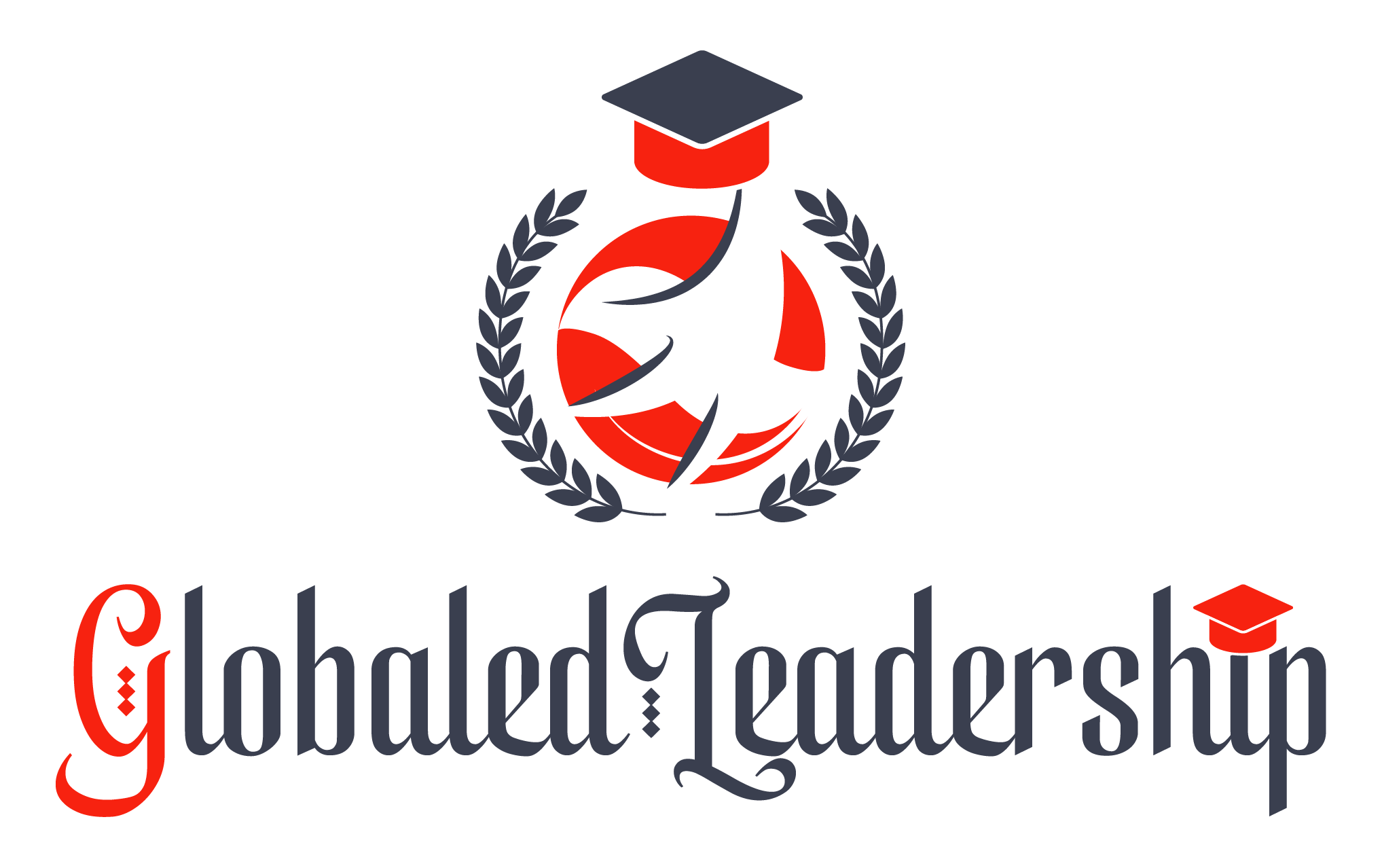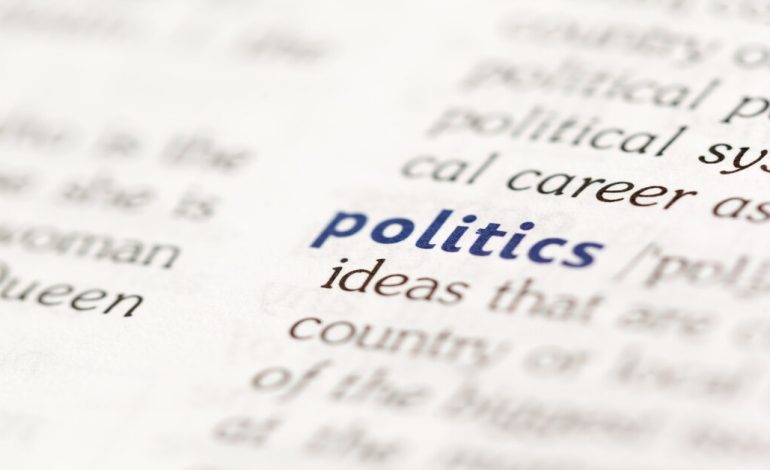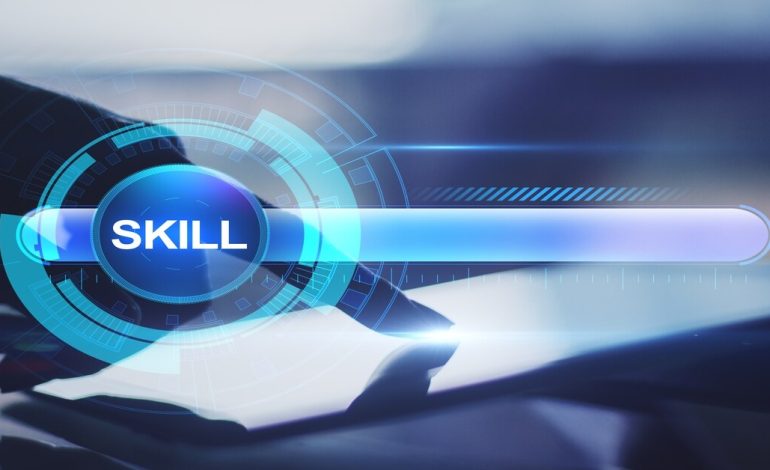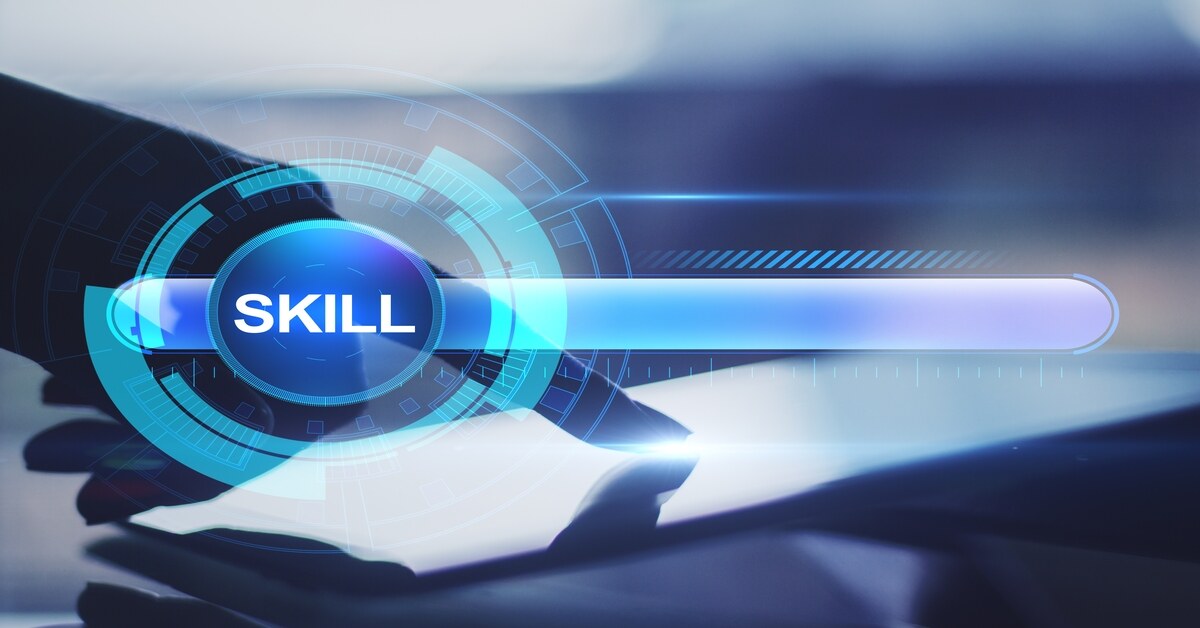How Do Sports and Education Enhance Academic Success?

Fusing athletics with a solid academic curriculum would not only make students healthier, but also assist them in learning. By purposefully integrating sports and education to schools, they provide the youths with a setting where they learn to maintain discipline, management of time, teamwork, and mental toughness. Such skills are a direct outcome to better grades, greater involvement, and eventual success. This article describes the combination of sports and education in promoting academic success, provides real-life examples, and provides research-based strategies that can be applied in the classroom today by educators and parents.
The Importance of Sports to Learning
The brain is activated with physical activity. Exercise enhances blood circulation, facilitates the release of neurotransmitters such as dopamine and BDNF (brain-derived neurotrophic factor), and improves the functioning of memory and the executive functions – the mental abilities that we apply to plan, focus and solve problems. Practically, a 20-30 minute moderate level of activity can be used to prepare the students to focus during the classroom.
In addition to biology, sports impart micro-skills, which are critical in school-success. Management of time and setting of goals, overcoming setbacks and adherence to systematic practice schedules can all be applied to homework, exams and project assignments. In cases where the youth are taught to divide the long term goals into short achievable tasks on the field or in the court, they tend to apply the same in academic tasks.
The way Education Dilates Athletic Perks
A good academic course strengthens the benefits that the students achieve in sport. Good curricula that are based on critical thinking, reflection, and social-emotional learning will enable students to apply what is taught in the athletic context to classroom behavior. Strategy, effort, and mental resilience coaching coupled with debriefing enhances the metacognitive ability that students apply to study and complete the assignments. Simply put, when teachers and coaches have the same set of expectations- accountability, feedback and growth, the influences increase.
Clear Future of Sport to Higher Grades
Routine and discipline: Training routines are produced through regular training. A student who studies early in the morning learns how to prioritize time management, a behavior that makes him/her have regular learning sessions.
- Executive skills: Sports require attention, decision-making skills, and planning. These abilities assist in multi step maths, reading comprehension and science experiments.
- Motivation and self-efficacy: Sport success (even minor wins) increases confidence. Students with the perception of possible improvement are likely to do their school work in the same growth mindset.
- Social and communication skills: Team sport will provide training in working in a team and resolving conflicts, which enhances work in a group and engagement in a classroom.
- Stress management: The stress acquired by athletes can be managed in a number of ways, including learning to breathe, visualize and have a pre-competition preparation, which is effective in the face of exams and presentations.
Research and Evidence
Many studies associate physical exercise to academic gains. The reviewed large-scale studies reveal a consistent result that regular exercise was related to enhanced attention, classroom behavior, and standardized test achievement. Schools which safeguard time to physical education and extra sports activities are associated with few absenteeism and high grades of graduating. Although causality is complicated and is mediated by socioeconomic and school-resource elements, all the evidence tends towards the assertion that active learners tend to perform more academically.
Real-Life Examples
High school that restructured its schedule to have a daily 20 minutes physical activity break reported improvements in on task behavior and improved math results the next term. Instructors attributed gains to higher levels of concentration and a reduction in behavioral disturbance.
After-school tutoring is provided in several cities as part of community sport programs. Students who are involved in both academics and athletics tend to record greater improvement as compared to those who are enrolled to one program and this shows the synergy in the event the supports are combined.
Historically, college athletes have very similar or even higher GPAs when compared to students who are not athletes in most colleges. It is all in the way training is organized, academic assistance of athletic departments, and access to mentoring.
Best Practices to Improve Academic Performance of Schools and Parents When Sporting
- Connect not separate: Co-ordinate teachers and coaches and counselors. There are common objectives and communication that help to make sure that the athletic schedules do not conflict with academic priorities.
- Guard quality PE: Not uncommon, deft physical education cannot be afforded. Quality programs impart free movement skills throughout their lives as well as cognitive rewards other than free play.
- Add tutoring to practice: Have academic support sessions at the beginning or end of practices. This model will minimize time conflicts and utilize a motivated state of students.
- Teach skills that can be transferred directly: Coaches and teachers need to introduce the skills (time management, focus, team communication) and make students think about how they are applicable in school.
- Promote equal load: Check the student load to prevent burnout. Recovery can be carried out to reduce performance and academic success when training is done in high volumes without rest.
- Incorporate training on mental skills: This can be a quick awareness session on setting of goals, visualization and coping with stress among the athletes and non-athletes.
- Measure outcomes: Keep a record of attendance, grades and behavior to determine the effects of the program. Evidence-based change enhances efficiency.
Confronting Equity and Access
Not all children can have equal opportunities in good sport or extra-currics. Affordability, safe facilities and inclusive teams should be prioritized in the schools and community. Studies indicate that the benefits of access to organized sports in addition to academic services by undervalued students are particularly high in terms of school engagement and performance. By investing in community relationships, sliding-scale charges, and transportation interventions, one is able to break down the barriers and make sure that those who need the academic benefits of sport the most get them.
Expert Insight
Teachers and sport psychologists can unanimously state that athletic and academic employees work best together. Dr. Educational psychologist Alicia Perez finds that the relationship between physical exercise and intellectual benefit is obvious but the encoding into academic benefits must be programmed deliberately. It requires the collaboration of coaches and teachers to strengthen skills in the settings. Practical level of collaboration: the joint meetings, mutual goal-setting and common support services produce consistency in messages to the students and families.
Streamlining to Busy Modern Live
Families that are faced with work, school, and transport require flexibility. During the day schools can provide micro-sessions of activity (15-20 minutes) and weekend sports clinic sessions and hybrid tutoring (in-person and online). Digital aids that will remind students of when they have to practice, when deadlines are due, and when they should study are useful in creating structural integrity, without creating friction.
Conclusion
Sports and education do not go along two different paths, they are two different wheels of student development. When schools, coaches and families collaborate to integrate athletics into educational objectives, they develop strong synergies that would lead to academic success. The road is simple: regular exercises make the brain sharper, sports create transferable life competencies, and the integration of academic assistance turns these achievements into higher achievements in school. Educators can use sport to enhance learning through one of the most feasible, evidence-based approaches, provided that it is implemented thoughtfully and granted fairly to all.





